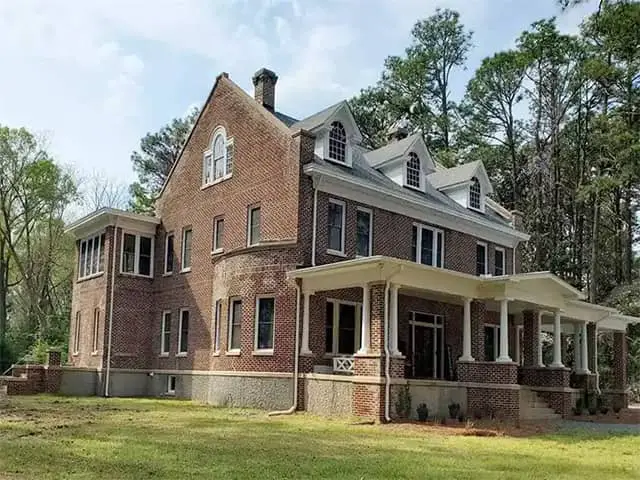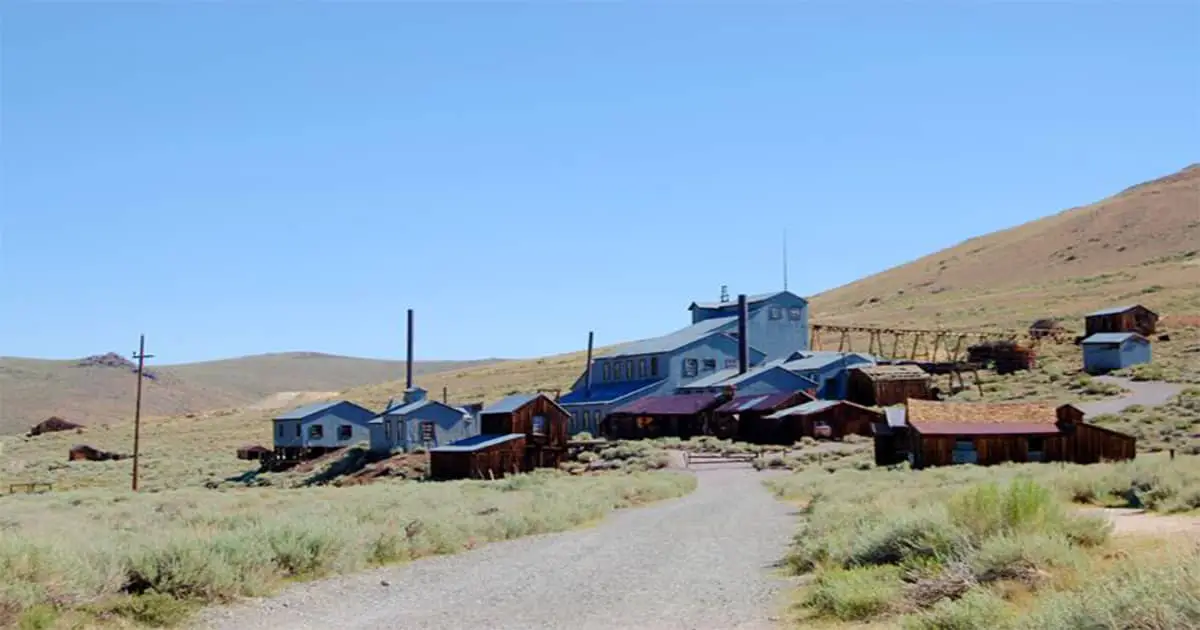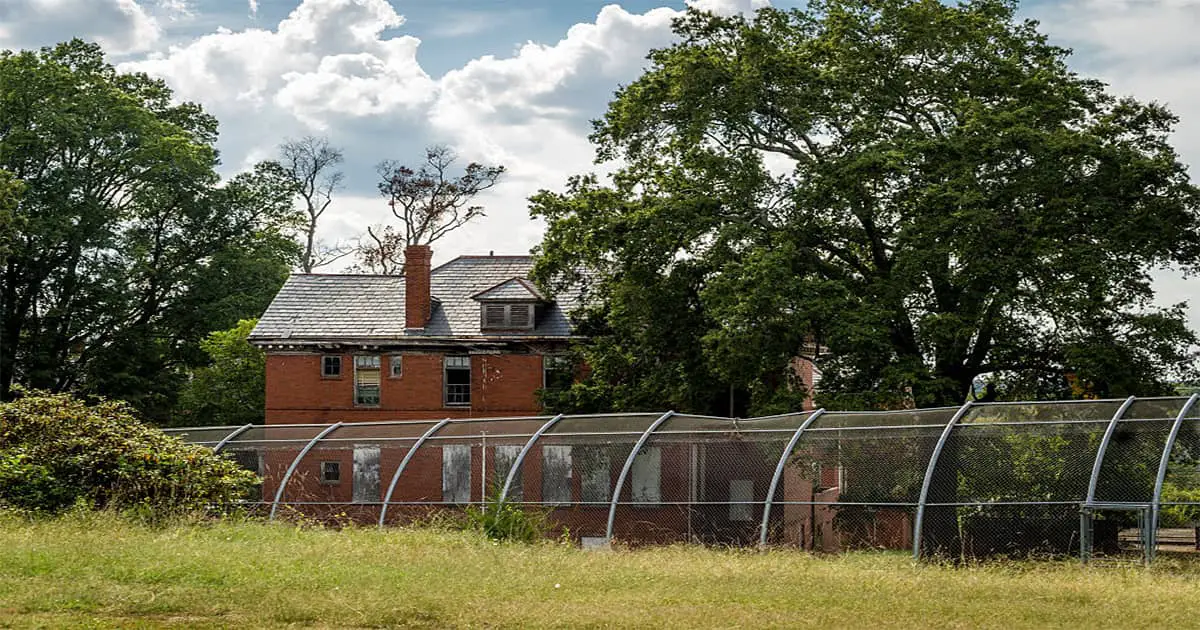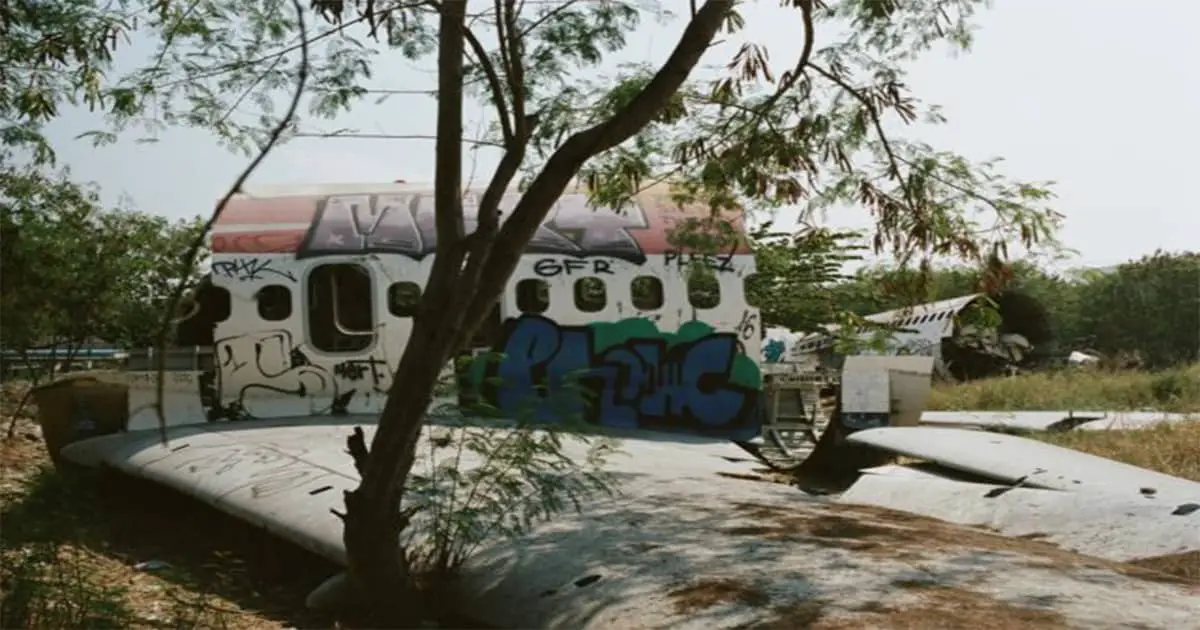The Bodie ghost town is a magnificent open air museum that perfectly depicts California’s boom and bust gold rush.
Bodie Ghost Town’s History
When mining on the Sierra Nevada’s western slope began to decline, prospectors began to cross the eastern slope in search of their fortunes. In 1859, a man named William (aka: Waterman) S. Bodey discovered gold near what is now known as Bodie Bluff.
Bodie was named after Waterman S. Body, who discovered small amounts of gold in the hills north of California’s Mono Lake in 1859. Body died when he attempted to return to the area.
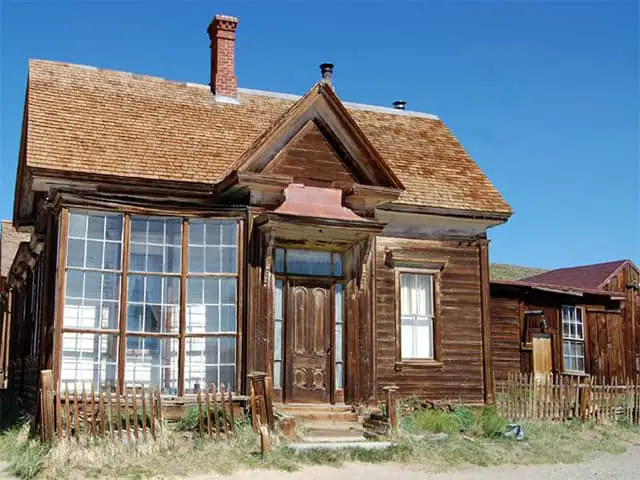
The Bunker Hill Mine and Mill were established in 1861, though the camp housed only about 20 miners. For 17 years, Bodie grew slowly and remained a minor mining camp. The Bunker Hill Mine and Mill, located on the west slope of Bodie Bluff, changed hands several times before being purchased by four partners in 1877.
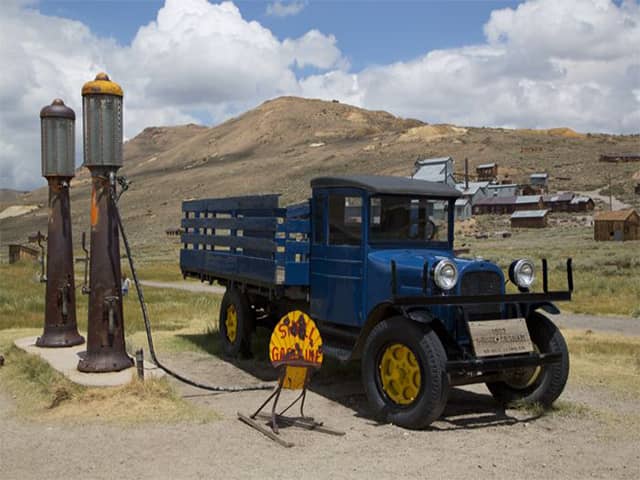
The name was changed to the Standard Mining Company, and the partners discovered a significant vein of rich gold ore within months. Profits skyrocketed, and by the end of 1878, Bodie’s population had risen to around 5,000 people. Over the next 25 years, the Standard Mine would produce nearly $15 million in gold.
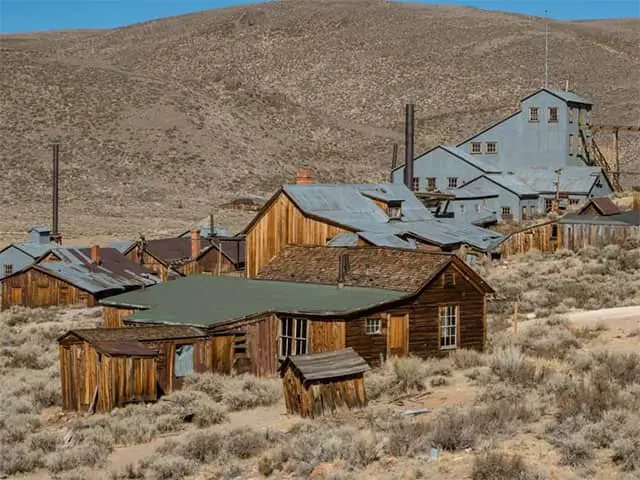
By 1882, the boom had faded and the town’s population had begun to decline. By 1886, the population of the town had dropped to 1,500 people. A disastrous fire in 1892 caused significant damage, and another in 1932 effectively ended it.
By 1962, Bodie had been designated as both a State Historic Park and a National Historic Landmark. The decision was made to “preserve” rather than “restore” Bodie. This means that the structures and their contents have been left in place, and nature has taken its course. This is what makes the area so appealing.
Follow us on Facebook
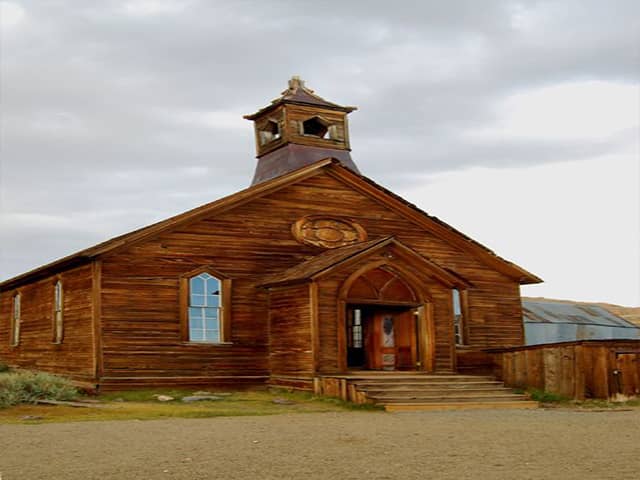
Bodie’s ghost town isn’t some cute tourist attraction where you can dress up as a gold miner. It’s a dusty, run-down look at the ghosts who still roam the town.
FAQs on Bodie Ghost Town
Where in California is Bodie?
Bodie, California is a genuine gold-mining ghost town in Mono County, California, located east of the Sierra Nevada mountain range.
Why was Bodie California Abandoned?
By 1882, the boom had faded, and the town’s population had begun to decline. By 1886, the town had shrunk to 1,500 people. A disastrous fire in 1892 caused extensive damage, and another in 1932 effectively ended it.
Is there anyone who lives in the Bodie?
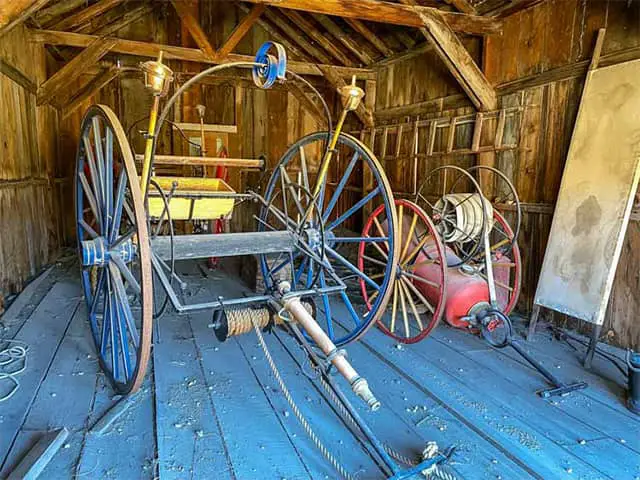
Except for park employees, there are no permanent residents in the town. There are no tourist traps, restaurants, or recreated saloons in this authentic ghost town. The only business is the Bodie Museum, which is open to the public and sells books, postcards, and other souvenirs.
Is it worth going to Bodie?
Absolutely. Even though Bodie was abandoned, that doesn’t mean it’s not interesting. Mining was the foundation of California’s fortunes, and the town was a part of that boom. It’s one of California’s best preserved ghost towns.
Poking around the site is enjoyable, and peering through the windows of the buildings provides an evocative sense of what life was like during the gold rush.
When is the best time to visit Bodie?
The best months to visit Bodie are April through October. Spring and fall highs are typically in the 50s and 60s, with summer highs reaching 77 degrees. The park is located at 8,379 feet, so it will always be much cooler than the valley floor of the 395 corridor.
The park does get snow, which makes the road impassable at times during the winter.
If you want to go?
There are several roads leading out of Bodie, but they are best left to four-wheel-drive vehicles.Read another article about; Before and After Renovation of the Derelict Page Mansion
